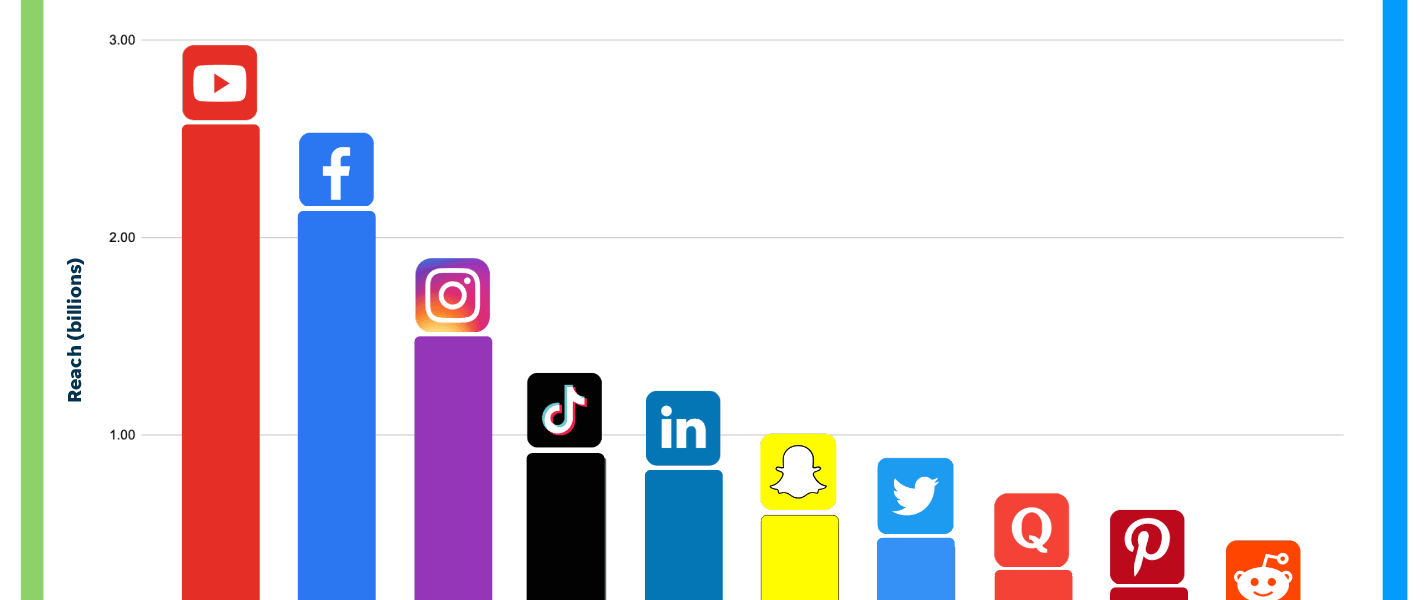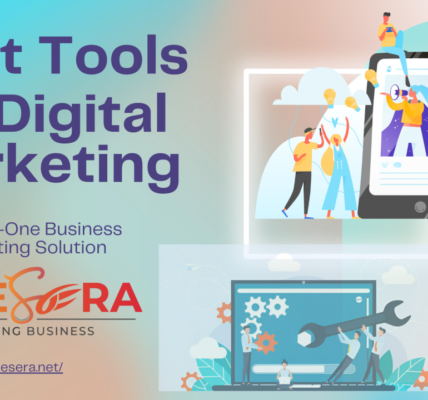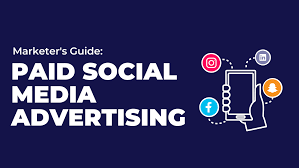In today’s digital world, advertising on social media platforms has become a powerful tool for businesses looking to reach a wider audience and drive sales. Whether you’re a small business or a large corporation, social media advertising allows you to target specific demographics, boost brand awareness, and generate meaningful engagements with potential customers. In this guide, we’ll explain how to advertise on social media platforms, the best strategies to use, and how to optimize your campaigns for success.
Why Advertising on Social Media Platforms is Essential for Your Business
Before we dive into the “how-to” part, let’s understand why advertising on social media platforms is so effective:
- Massive Reach: Platforms like Facebook, Instagram, and Twitter have billions of active users globally, making them ideal places to advertise.
- Targeted Marketing: Social media ads allow you to target users based on age, interests, behavior, and location.
- Cost-Effective: You can start with a small budget and scale up depending on your results.
- Increased Engagement: Social media platforms foster direct interaction with your audience, helping to build relationships and trust.
Now, let’s dive into the steps you need to follow to start advertising on social media.
Steps to Advertise on Social Media Platforms: A Beginner’s Guide
How to advertise on social media platforms effectively requires following a structured process. Below are the critical steps to help you create a successful campaign.
1. Set Clear Advertising Goals for Social Media Campaigns
Before running any ads, you need to know exactly what you want to achieve. Here are some common goals for advertising on social media platforms:
- Brand Awareness: Reach as many people as possible to introduce your brand.
- Lead Generation: Collect contact information from potential customers.
- Sales and Conversions: Drive traffic to your website with the goal of making sales.
- Engagement: Increase likes, comments, shares, and other interactions on your posts.
Tip: Choose just one or two goals for each campaign to keep it focused and measurable.
2. Choose the Right Social Media Platform for Advertising
Different social media platforms have unique user bases and advertising features. Here’s a quick breakdown of the best platforms to consider for advertising on social media platforms:
| Platform | Best For | Key Features |
|---|---|---|
| General targeting, brand awareness | Advanced targeting, video ads | |
| Visual products, younger audience | Image, video, and story ads | |
| Real-time events, news | Short-form content, hashtag targeting | |
| B2B marketing, professionals | Text and image ads, job ads | |
| TikTok | Creative ads, younger demographic | Short-form video ads |
3. Set Your Advertising Budget and Bidding Strategy
When advertising on social media platforms, setting a clear budget is essential to ensure you don’t overspend. Social media ads typically use one of these pricing models:
- Cost Per Click (CPC): You pay only when someone clicks on your ad.
- Cost Per Thousand Impressions (CPM): You pay for every 1,000 times your ad is shown.
- Cost Per Acquisition (CPA): You pay when someone takes a specific action, like making a purchase.
Tip: Start with a small daily budget and adjust it based on the performance of your ads.
4. Create Compelling Social Media Ad Content
Your ad content should be visually appealing and clearly communicate your message. Consider these best practices when creating ads for advertising on social media platforms:
- Use High-Quality Images or Videos: Visual content performs best on social media.
- Write Clear, Concise Copy: Your ad copy should quickly explain the benefits of your product or service.
- Include a Call-to-Action (CTA): Encourage your audience to take action, such as “Shop Now” or “Learn More.”
Tip: Tailor your content to the platform. For example, Instagram users engage more with short, catchy videos, while LinkedIn users prefer professional-looking content.
5. Target the Right Audience for Your Social Media Ads
The success of your ad campaign largely depends on targeting the right audience. Social media advertising platforms offer various targeting options such as:
- Demographics: Age, gender, location, etc.
- Interests: Hobbies, lifestyle, pages followed.
- Behavior: Online purchasing behavior, device usage, etc.
- Custom Audiences: Upload your email list or target people who have interacted with your website.
6. Monitor and Optimize Your Social Media Ad Campaigns
Once your campaign is live, don’t just let it run without checking its performance. Monitor the following metrics:
- Click-through Rate (CTR): Measures the number of clicks on your ad divided by the number of impressions.
- Conversion Rate: Tracks how many users complete a desired action (purchase, signup, etc.).
- Return on Ad Spend (ROAS): Measures the revenue generated compared to the money spent on ads.
Tip: Test different versions of your ads (A/B testing) to find what works best.
Best Social Media Advertising Strategies for Maximum Impact
Now that you understand the basic steps to advertise on social media platforms, let’s explore some best social media advertising strategies that can help you get the most out of your campaigns.
1. Leverage Video Content in Social Media Advertising
Video ads are highly engaging and often result in higher conversion rates. Platforms like Facebook, Instagram, and TikTok are particularly effective for video ads. Use videos to showcase your product, tell a story, or offer customer testimonials.
2. Implement Retargeting for Social Media Advertising Campaigns
Retargeting allows you to reach people who have already interacted with your website or social media content. This increases the chances of conversion, as these users are already familiar with your brand.
3. Utilize Influencer Marketing for Social Media Advertising Success
Partnering with influencers can help you reach a larger and more engaged audience. Influencers have the trust of their followers, which can make their recommendations highly effective.
4. Incorporate User-Generated Content in Your Ads
Encourage your customers to share photos or reviews of your product and use them in your ads. This kind of social proof can significantly boost your credibility and appeal to potential buyers.
FAQs About How to Advertise on Social Media Platforms
Q1: What is the best platform for advertising on social media?
The best platform depends on your target audience and goals. For example, Instagram and Facebook are ideal for consumer products, while LinkedIn is more suited for B2B businesses.
Q2: How much does advertising on social media platforms cost?
The cost varies depending on your targeting, competition, and bidding strategy. It’s possible to start with a small budget and adjust as you go.
Q3: How do I know if my social media ads are working?
Track key performance indicators (KPIs) such as CTR, conversion rates, and ROAS. If your ads are not performing as expected, try optimizing them by adjusting targeting, content, or budget.
Q4: Can I run social media ads without a large budget?
Yes, you can start with a small daily budget and scale up as you see positive results. Social media platforms offer flexible budgeting options to suit all kinds of businesses.
Conclusion
In conclusion, advertising on social media platforms can be an incredibly powerful way to reach and engage with your target audience. By defining your goals, choosing the right platform, setting a clear budget, and creating compelling content, you can maximize the effectiveness of your campaigns. Always monitor and optimize your ads for the best results. Keep in mind the best social media advertising strategies, such as leveraging video content, retargeting, and using influencers, to ensure your ads have the maximum impact.
Start implementing these steps and strategies today, and watch your business thrive with the power of social media advertising!





